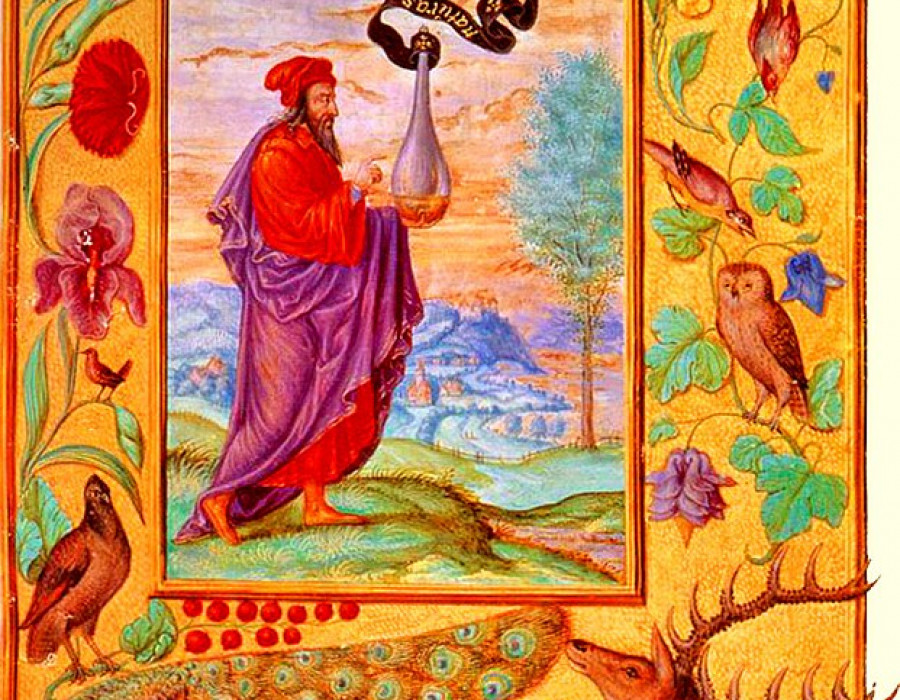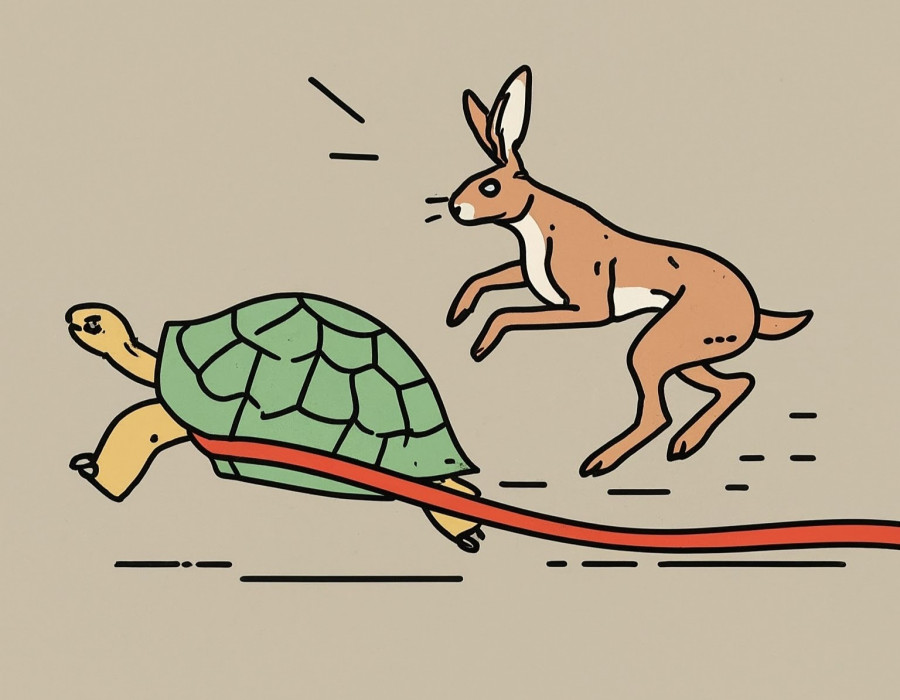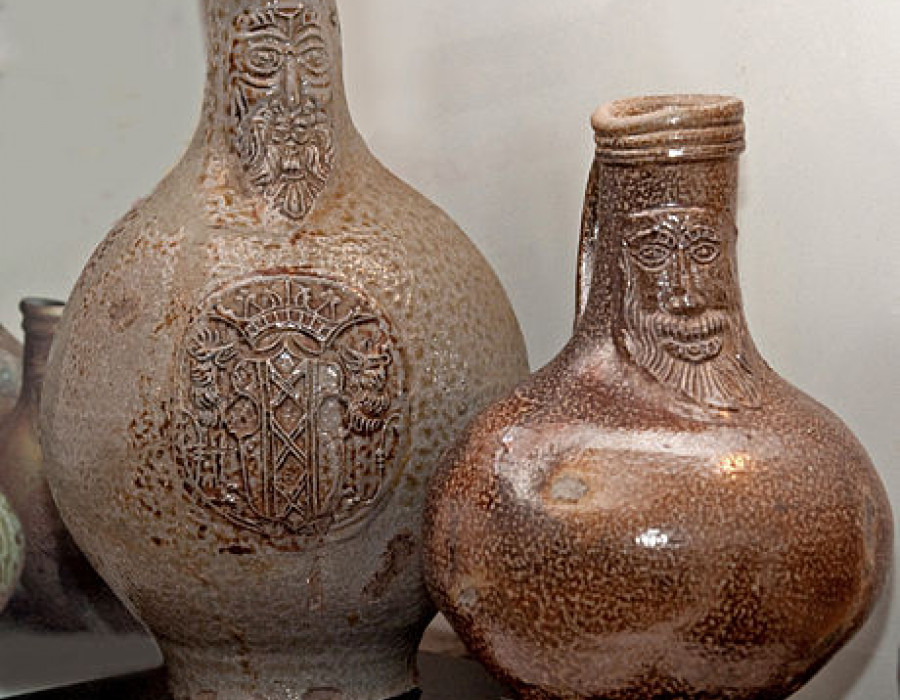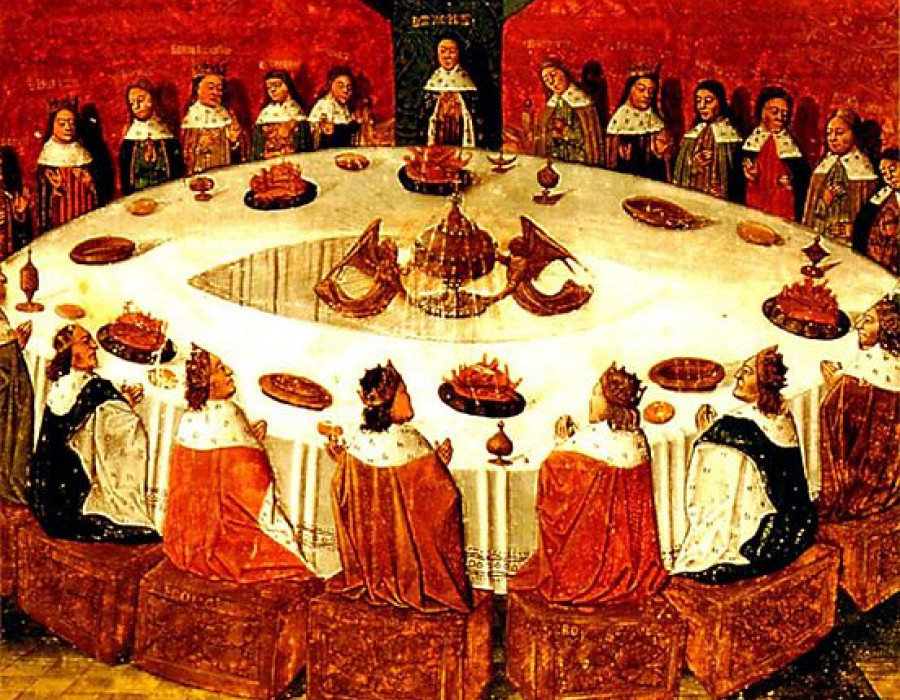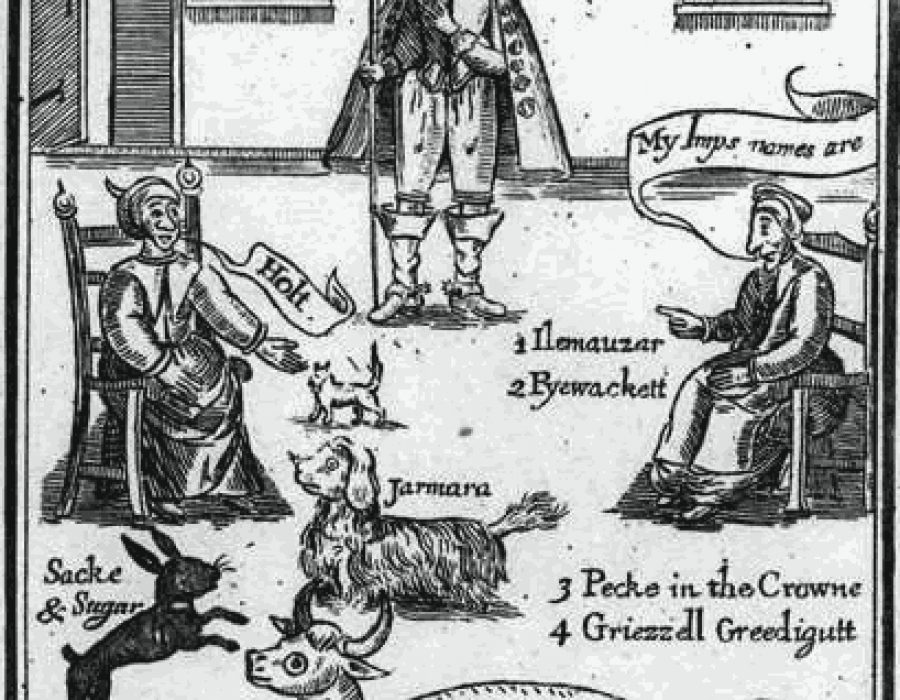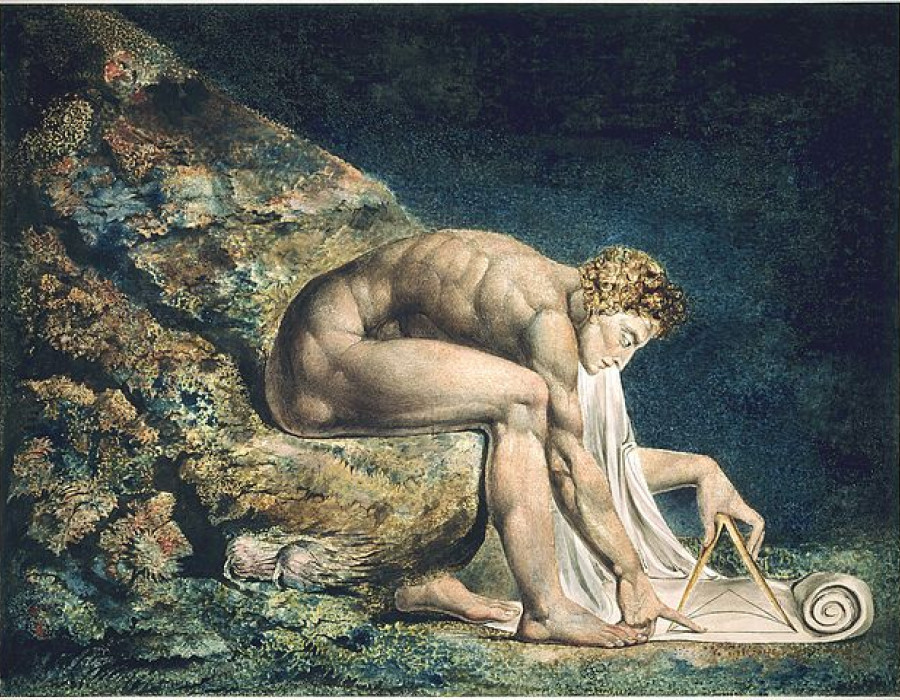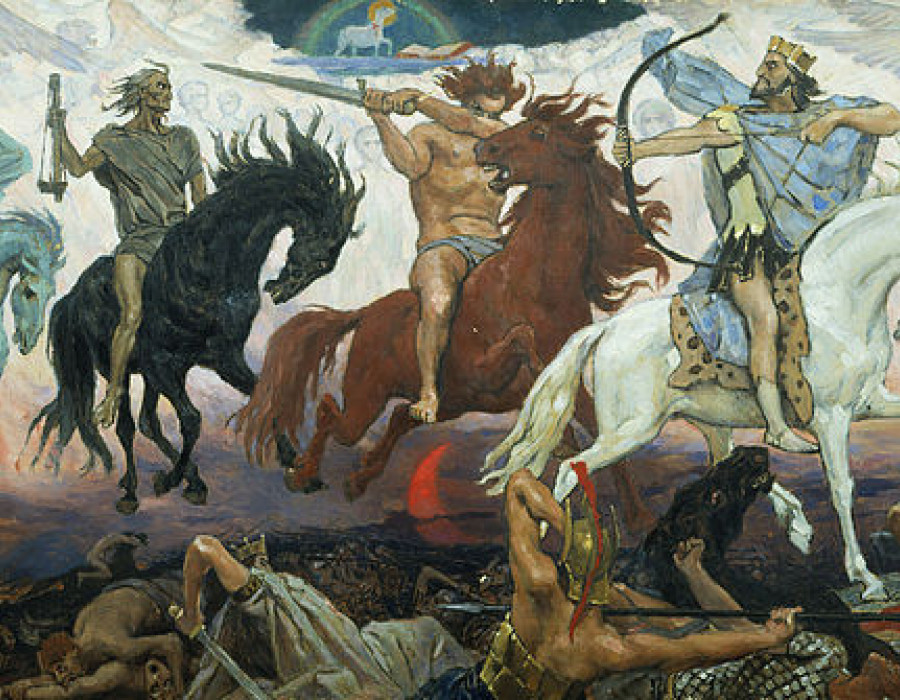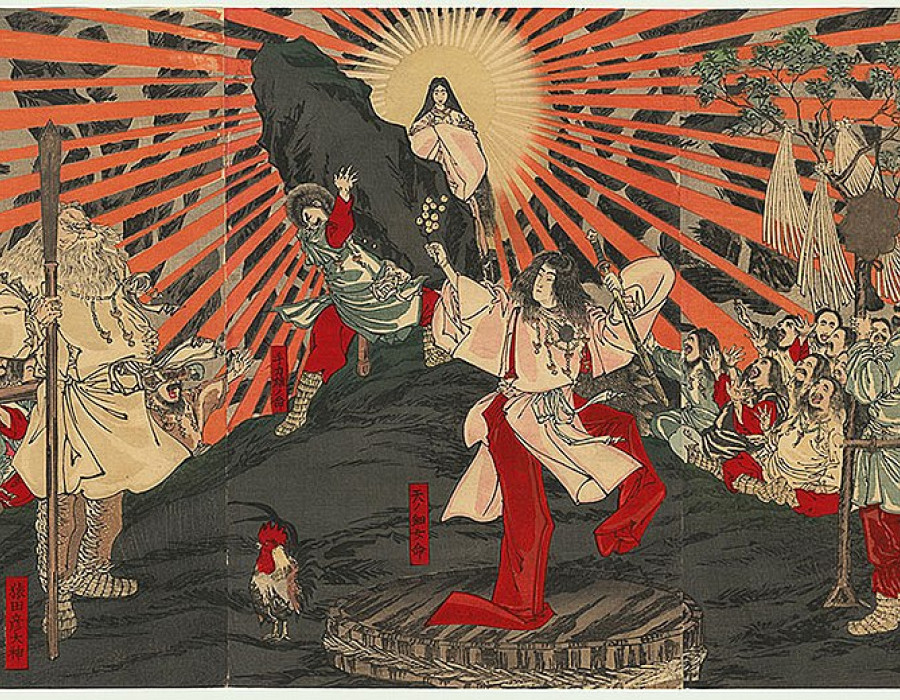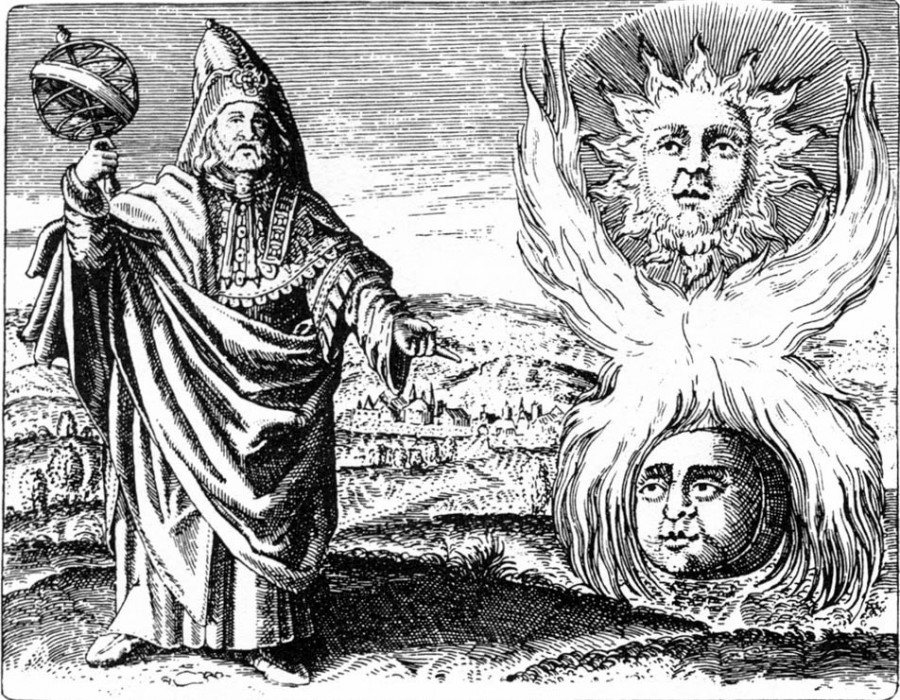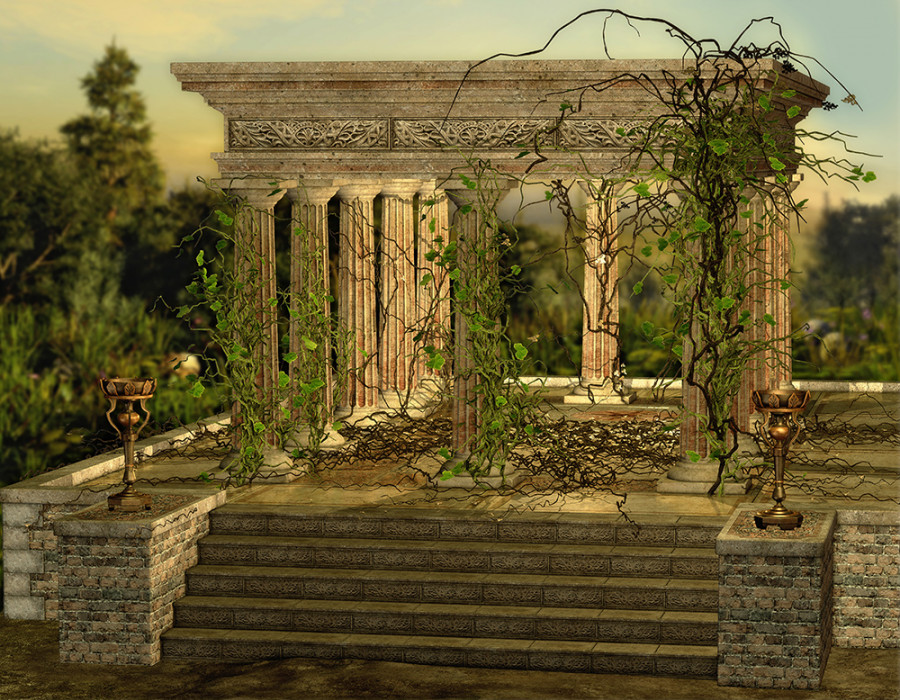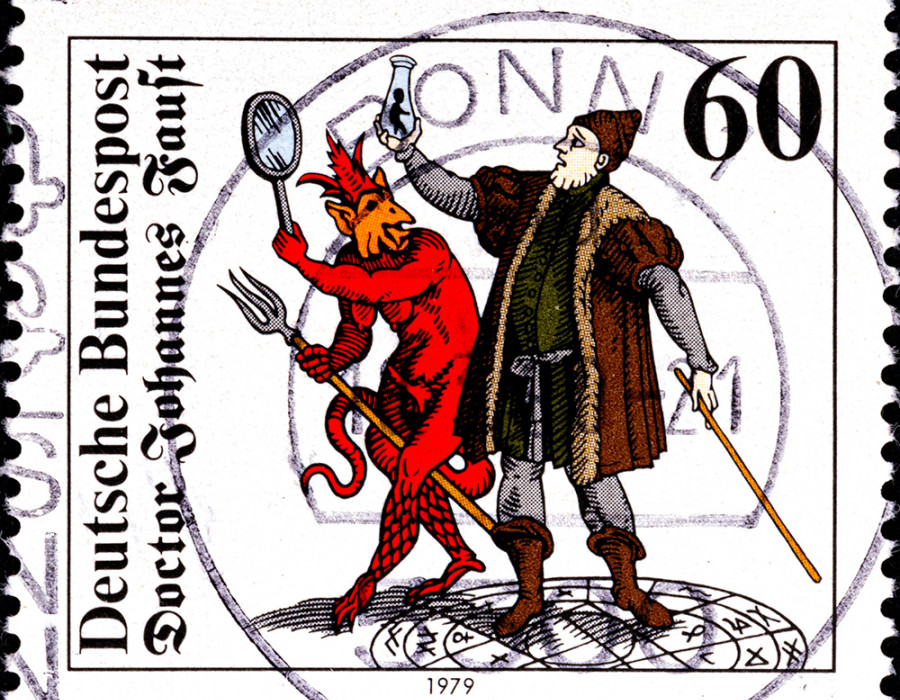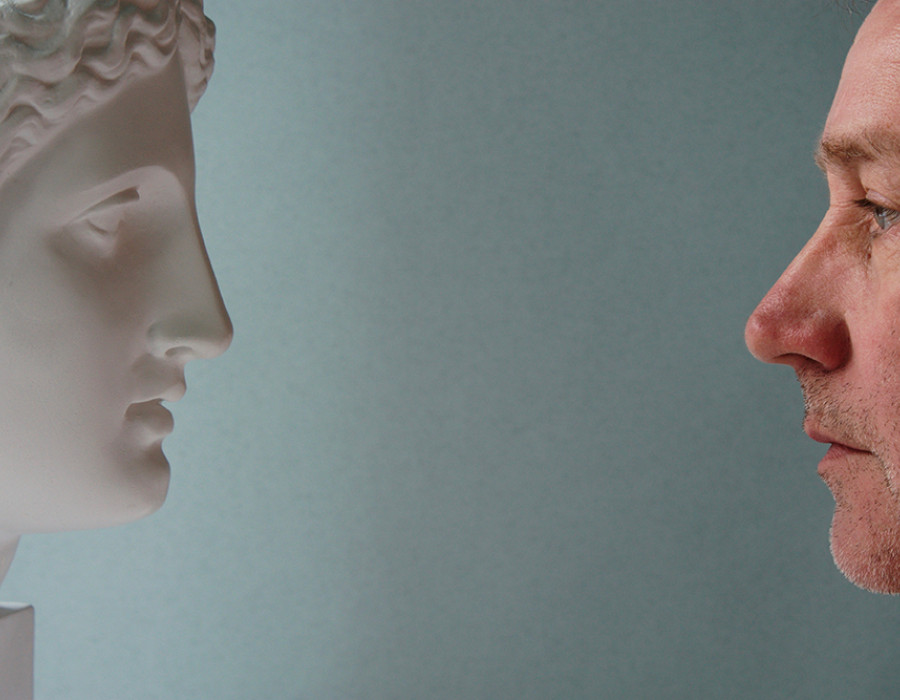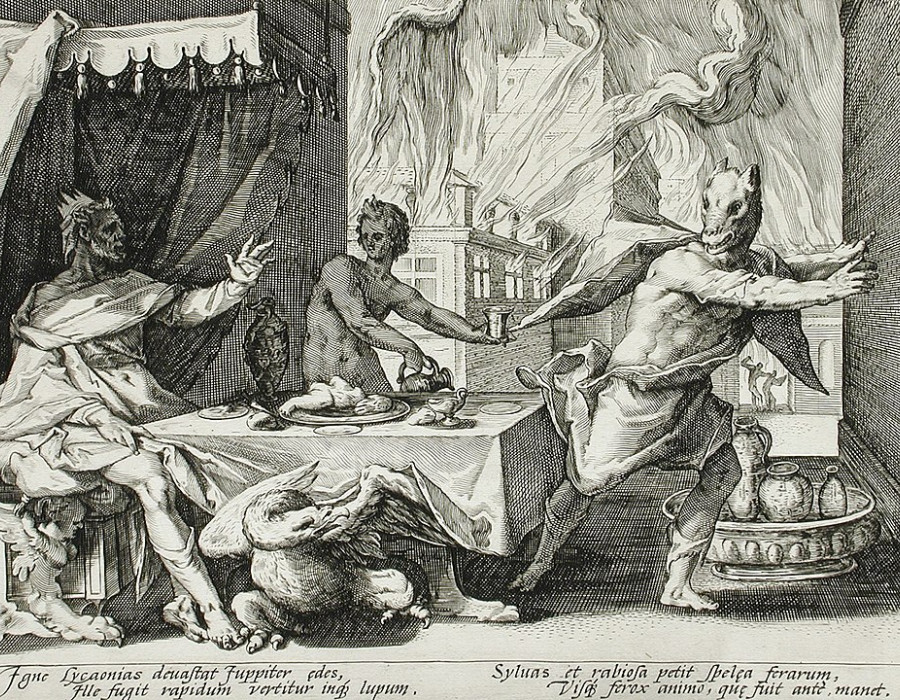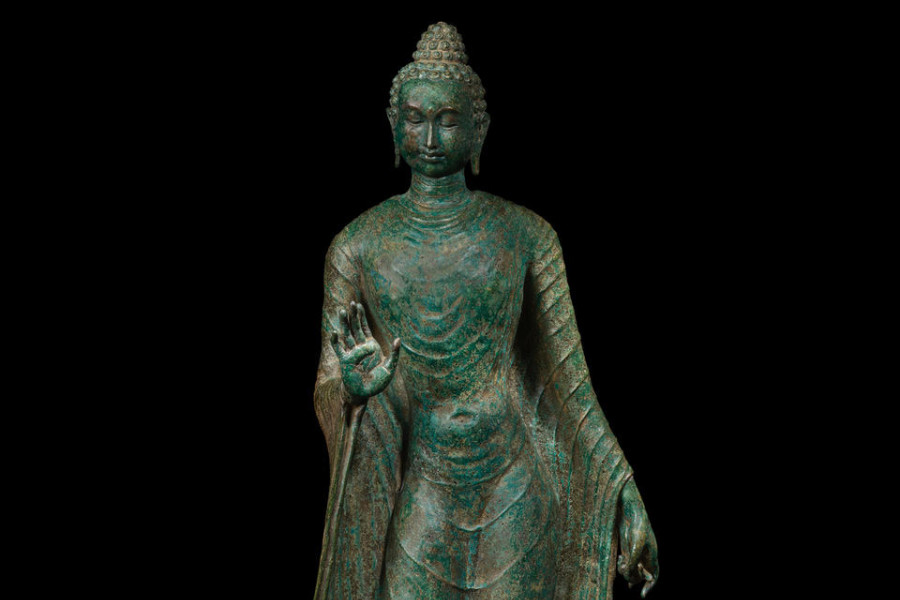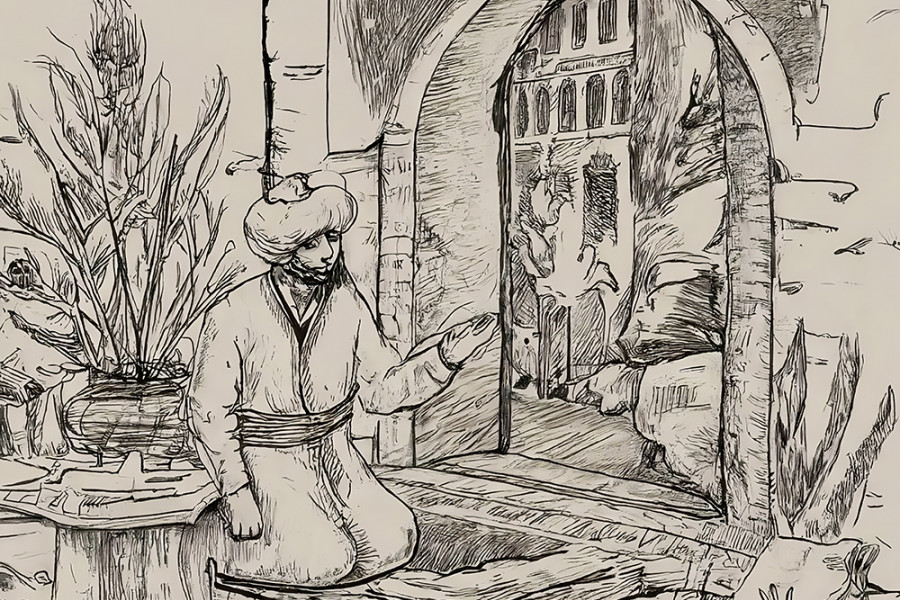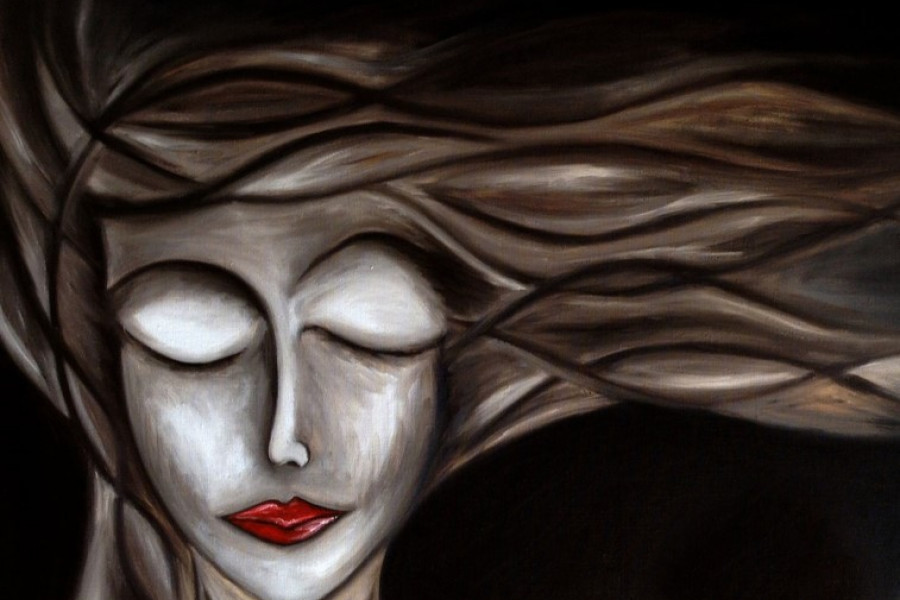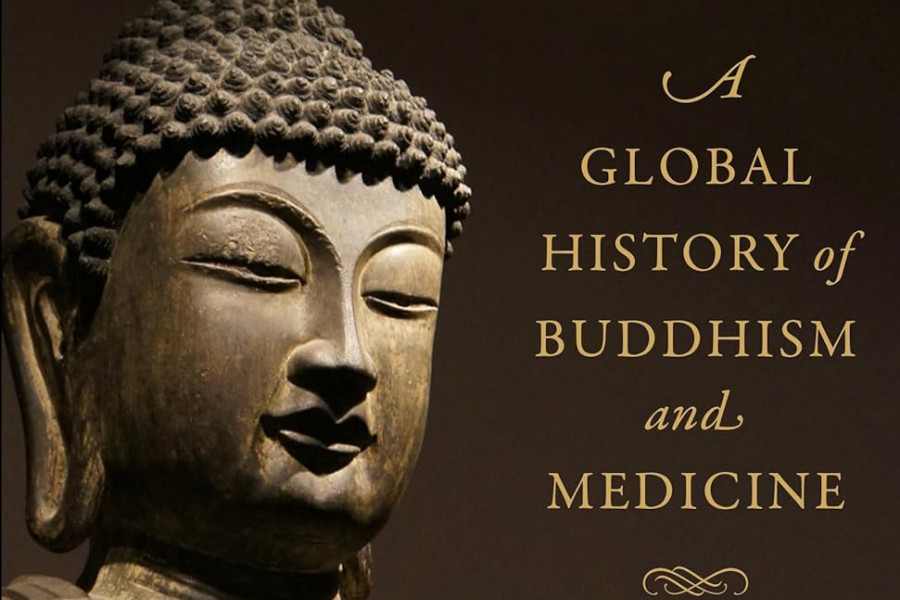
Martin Goodson
As Above, So Below
The Alchemy of Transformation
The mysterious Emerald tablet is as enigmatic as it is short, but what does it have in common with the Buddha's teachings?
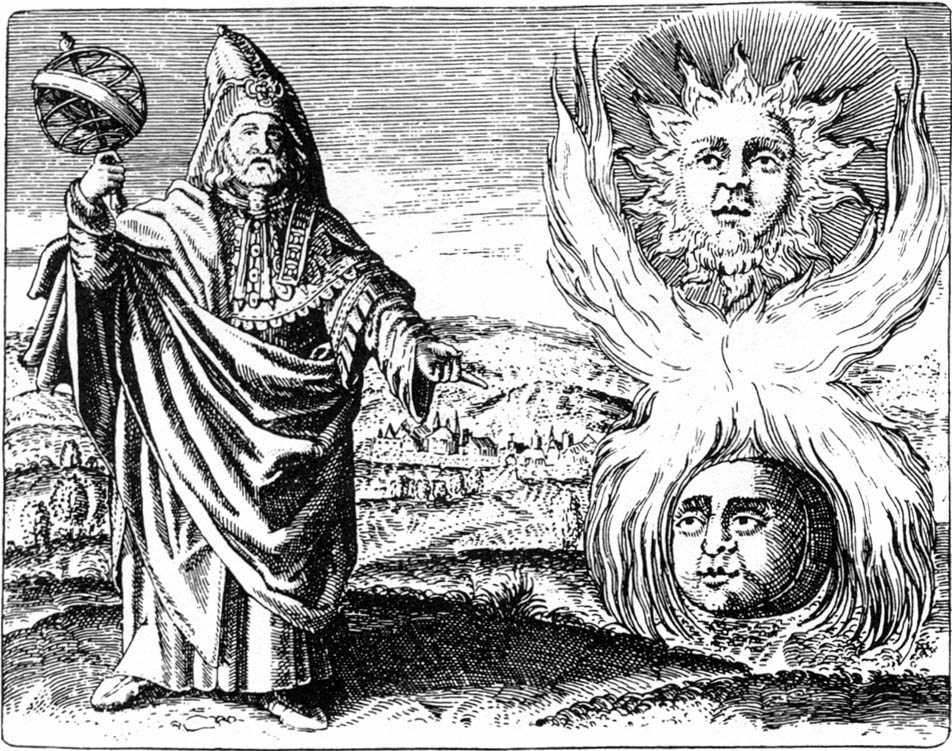
Hermes Trismegistus, from Viridarium chymicum, D. Stolcius von Stolcenbeerg (1624)
Truth! Certainty! That in which there is no doubt!
That which is above is from that which is below, and that which is below is from that which is above,
working the miracles of one [thing]. As all things were from One.
Its father is the Sun and its mother the Moon.
The Earth carried it in her belly, and the Wind nourished it in her belly,
as Earth which shall become Fire.
Feed the Earth from that which is subtle,
with the greatest power. It ascends from the earth to the heaven
and becomes ruler over that which is above and that which is below.
(Holmyard, Eric J. 1923. "The Emerald Table" in: Nature, 122, pp. 525-526. From a translation of the Kitāb Usṭuqus al-uss of Jābir ibn Ḥayyān.)
…
‘That which is above is from that which is below, and that which is below is from that which is above,’
The title of this article is a paraphrased and popularised version of a line from an alchemical/hermetic tract called The Emerald Tablet of Hermes Trismegistus.
There is a philosophical line that runs from Plato (circa 500 B.C.E.), a contemporary of the Buddha, to the first centuries C.E. and the development of Neoplatonism through philosophers such as Plotinus and Iamblichus to Arab alchemists and Renaissance hermeticism. This line continues into the 19th century to the founder of the Theosophical Society (forerunner of The Buddhist Society in London) Madame Blavatsky, as well as to the adepts of The Golden Dawn, including Aleister Crowley and W.B. Yeats, and onwards into the 20th century with the works of Carl Jung, of biologist Rupert Sheldrake and with the research of Dr Dean Radin, of the Institute of Noetic Science, into the power of intention and consciousness upon the physical world.
In a nutshell, this line can be summed up as the interconnection of one thing to everything and everything to one thing.
This take on the nature of reality can be rendered in a number of ways and it informed other hermetic doctrines such as the anima mundi, the ‘soul of the world’, that added the understanding that the world is inherently intelligent and has agency in and of itself. The understanding that ‘one is in everything and everything is in one’ also gave rise to an understanding of a system of correspondences which acknowledged that the powers inherent in the heavenly spheres have an influence over people and over things of the world as understood in astrology. It also allowed the medicinal tracts of Nicolas Culpepper to use these ‘connections’ between planetary virtues shared by plants to be used in the treatment of disease. As also for the founder of modern experimental medicine, Paracelsus, who had a theory of ‘signatures’ which aligned the form of plants to the form of the part of the body where it could be used as a cure. It also allowed for base metals to contain the seed of that supreme or ‘divine’ form, gold, and thus for the possibility of the transfiguration of lead.
Academics warn of the danger of cross-cultural comparisons, so it would be careless to say that what we find in Mahayana Buddhism is ‘the same’; rather it may be safer to say that ‘something like’ this is to be found in the later Buddhist teachings and scriptures. In truth, even the earliest metaphor used in the Pali Canon, that of the lotus with its root in the mud and the flower risen above, has something of an ‘alchemical’ shape to it.
Although astrology, alchemy and practical hermeticism, and even the works of Culpepper and Paracelsus, are passed off amongst the chattering classes as ‘mumbo-jumbo’, the one thing all these people from history share is an aspiration to develop practical ways to manifest this insight into the nature of reality. We can see something similar in the medical systems of China and Tibet as well as in the spiritual methods developed by Buddhist teachers in the various schools influenced by the teachings of sunyata (emptiness). The herdsman of the classic Bull Herding pictures sees, on his realisation of the Buddha nature, the ‘one gold’ of all nature in that moment.
The Tendai school of Buddhism, which developed in China, classified the Buddhist scriptures into five cycles. The first cycle were those sutras known as the ‘Flower Garland’, or Avatamsaka in Japanese. These sutras were considered the most profound and contained the purest expression of the Buddha’s own insight. Master Daiyu used to sum up their teachings as ‘The one in everything, and everything in the one.’ A common metaphor used by the sutra was to find a universe in a mote of dust, and yet the universe does not shrink neither does the mote of dust expand. We find the same metaphor being used in one of the favourite sutras of the Zen school, The Vimalakirti Sutra. As Vimalakirti explains to Sariputra:
The bodhisattva who lives in the inconcievable liberation can put the king of mountains, Sumeru, which is so high, so great, so noble, and so vast, into a mustard seed. He can perform this feat without enlarging the mustard seed and without shrinking Mount Sumeru.
Vimalakirti Nirdesa Sutra (tr. Robert Thurman)
Interestingly, the Flower Garland Sutra is thought to have begun its development from the first century C.E., finally being compiled in its current form by the 4th century. This was at the same time as the development of Neoplatonism in Egypt and the Middle-East.
This vision of the true nature of reality found other expressions in Zen. There is an old saying which can be rendered along the lines of:
When the horses eat grass in Yorkshire, the cows in Devon get fat.
To see in this way, which is to see the true nature, is not to be taken in or to be attached to the surface forms of things. In the teachings, to be taken in by the forms of ‘I’- centered thought is also to block out this profound vision. It is to be taken in by a reflection or to fooled by an echo. Not being taken in or fooled is to turn towards the source and to see clearly the place where one’s own feet stand.
Having realized that this world is like a dream, and that all Buddhas are like mere reflections, that all principles [dharma] are like an echo, you move unimpeded in the world.
(Avatamsaka sutra, trans in Gomez, 1967
………………….
The Alchemy of Transformation | Martin Goodson
Dharma Centre
We have just launched our online Dharma Centre. All are welcome...
Join our Community!

